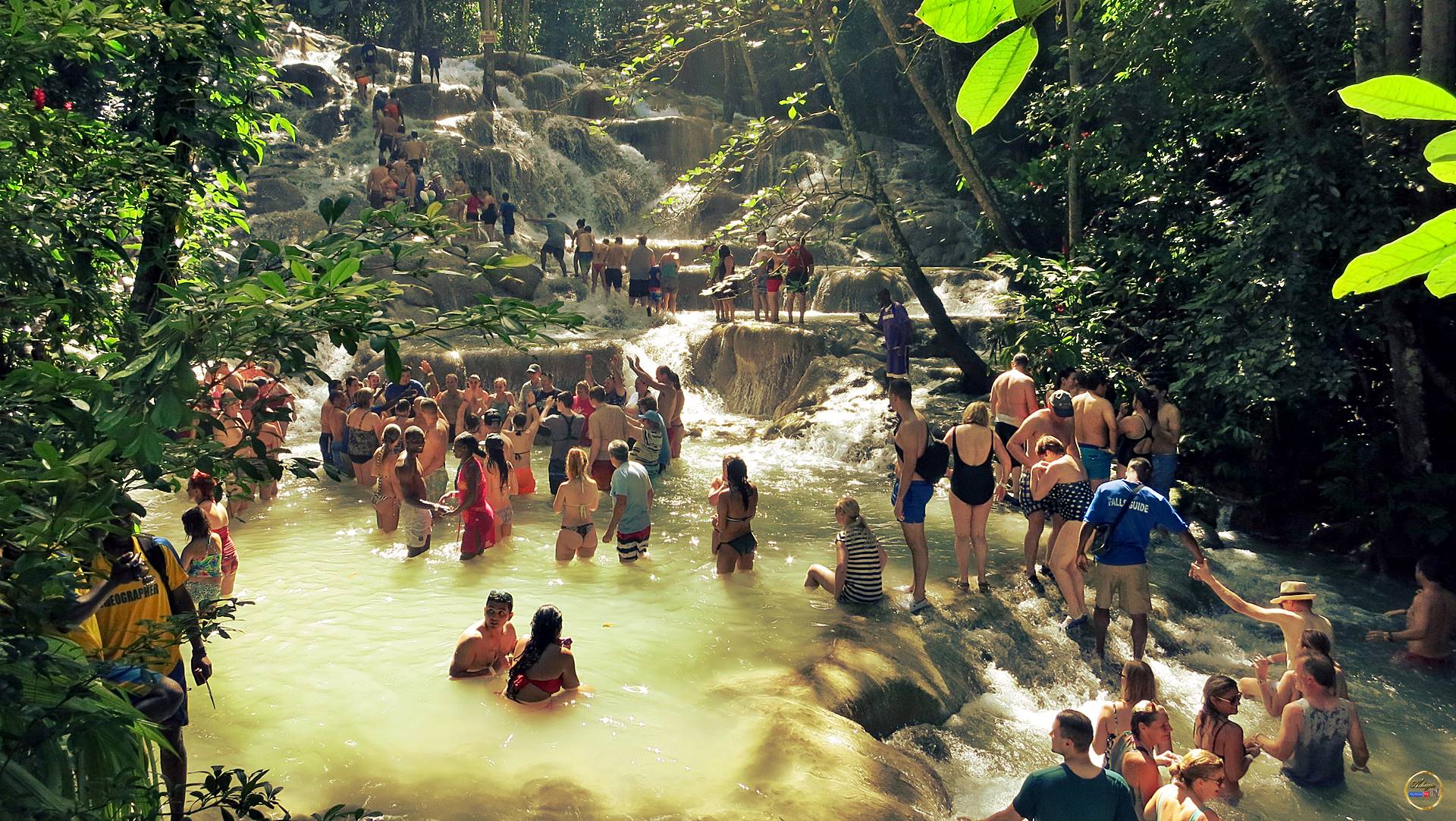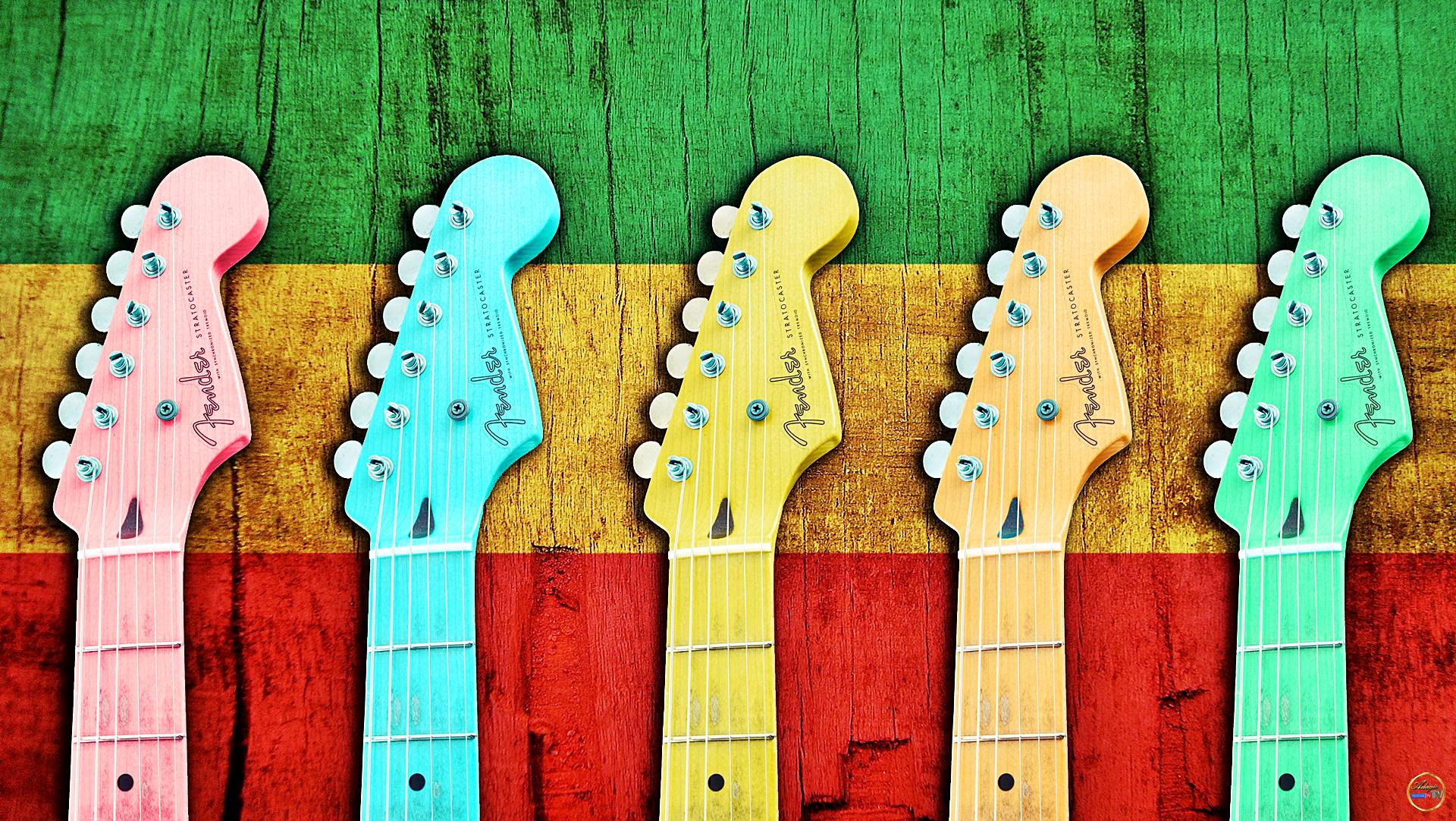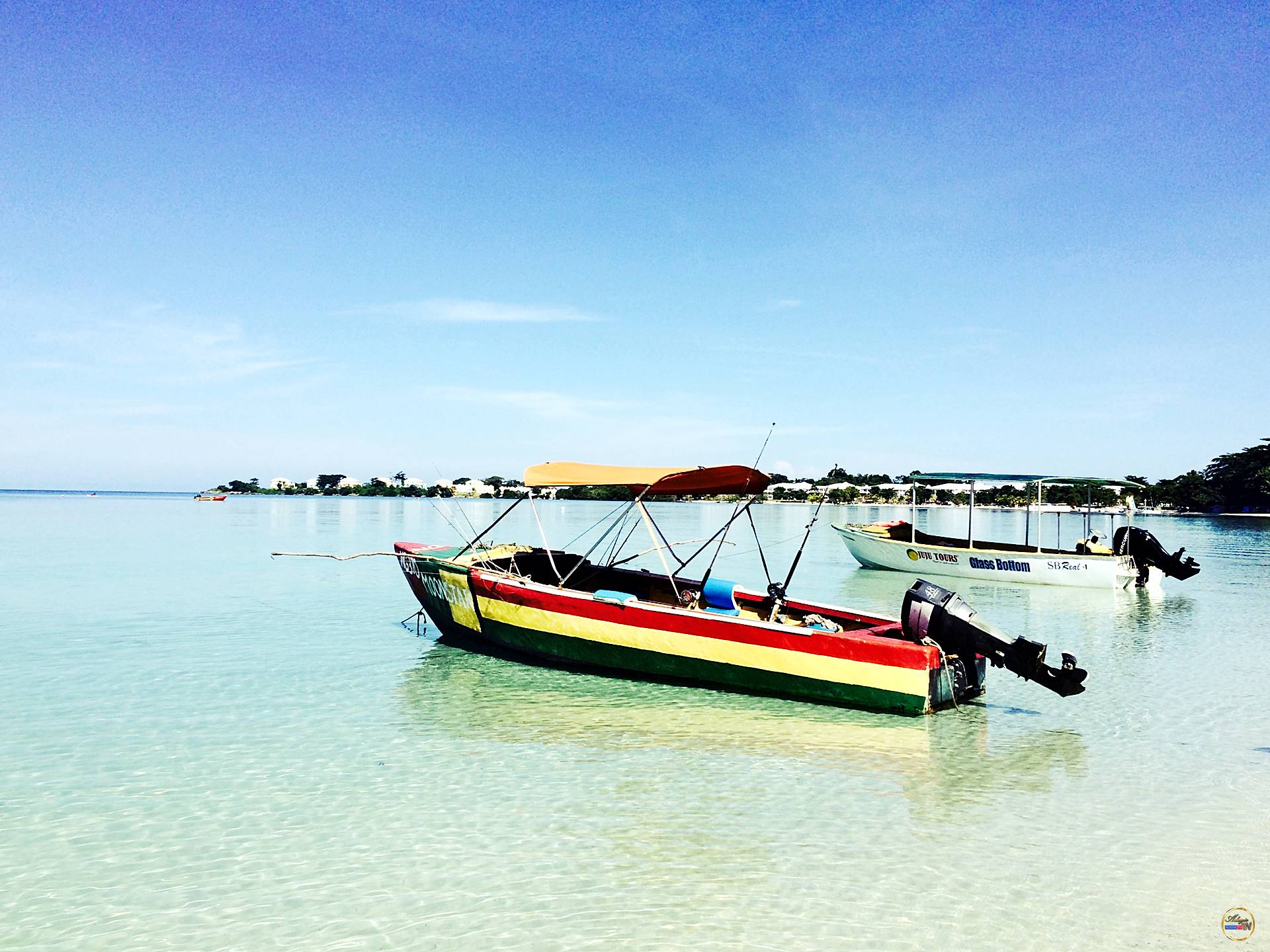Category: jamaica
Jamaica – is an island country situated in the Caribbean Sea. Spanning 10,990 square kilometres -4,240 sq mi- in area, it is the third-largest island of the Greater Antilles and the fourth-largest island country in the Caribbean.
Jamaica lies about 145 kilometres -90 mi- south of Cuba, and 191 kilometres -119 mi- west of Hispaniola -the island containing the countries of Haiti and the Dominican Republic.
Previously inhabited by the indigenous Arawak and Taíno peoples, the island came under Spanish rule following the arrival of Christopher Columbus in 1494. Many of the indigenous people died of disease, and the Spanish transplanted African slaves to Jamaica as labourers. Named Santiago, the island remained a possession of Spain until 1655, when England -later Great Britain-conquered it and renamed it Jamaica. Under British colonial rule Jamaica became a leading sugar exporter, with its plantation economy highly dependent on slaves forcibly transported from Africa. The British fully emancipated all slaves in 1838, and many freedmen chose to have subsistence farms rather than to work on plantations. Beginning in the 1840s, the British utilized Chinese and Indian indentured labour to work on plantations. The island achieved independence from the United Kingdom on 6 August 1962.


Площадь лесов на острове составляет около 194 тыс. га -1/5 всей территории. Наиболее распространено хлопковое дерево, в труднодоступных местах сохранились девственные древостои из свиетении крупнолистной, эбенового дерева и дальбергии, местами встречаются заросли бамбука и кампешевого дерева, а также посадки карибской сосны и эвкалипта. Южное побережье во многих местах заросло мангровыми зарослями. В западной и юго-западной части острова в местах, где земля не используется под плантации, распространена растительность саванного типа -злаки и отдельно стоящие деревья. Всего на острове произрастает более 3000 видов цветковых растений, включая 200 видов орхидей и гибискус сабдариффа -из которого делают каркаде.

Omi


